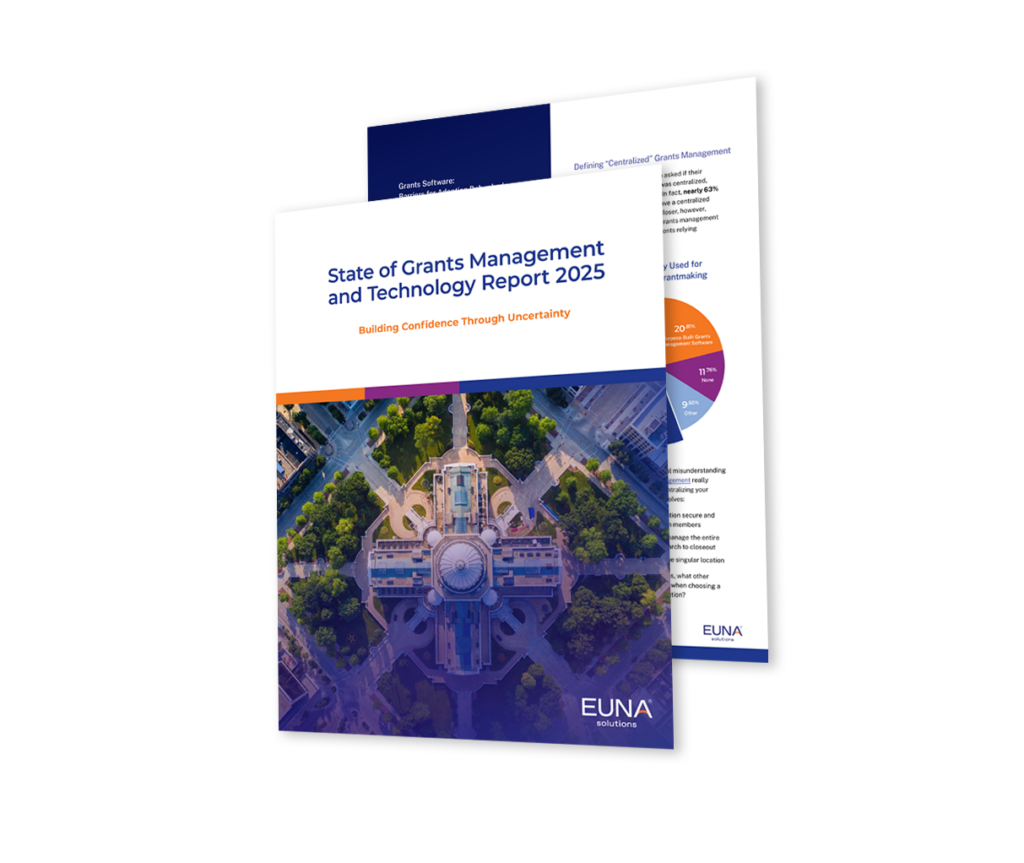Each year, government finance teams spend months compiling the Annual Comprehensive Financial Report (ACFR)—a rigorous, GFOA-aligned accounting of a municipality’s financial condition. It’s a critical document, especially for stakeholders like auditors, rating agencies, grantmakers, creditors, and board members who rely on its depth and accuracy.
But while the ACFR is often technically compliant and impeccably detailed, it still falls short of its potential to inform, clarify, and support stakeholder decisions. The problem isn’t the data. It’s the format.
The Limitations of a Traditional ACFR Format
The vast majority of ACFRs today are published in PDF format, which hasn’t changed meaningfully in decades. For stakeholders, this introduces several challenges:
-
- Navigability is poor. Searching across hundreds of pages for specific information, such as net pension liability trends, restricted fund balances, or debt coverage ratios, is tedious and inefficient.
-
- Context is limited. Numbers appear without explanation, visual cues, or interactivity. For anyone outside the finance team, interpreting the story behind the data can be difficult.
-
- Accessibility is compromised. Static formats don’t meet modern standards for usability across devices or for individuals who rely on accessible technology.
These issues affect real-world decisions. Credit rating agencies rely on clear fiscal indicators. Grant reviewers and auditors need precision, but also clarity. Oversight bodies look for completeness and ease of interpretation.
Why a Digital ACFR Matters Now
Government financial reporting is shifting. Stakeholder expectations are rising, and so are the standards for clarity, usability, and accessibility. At the same time, new regulatory expectations are emerging.
The Financial Data Transparency Act (FDTA) is still evolving, but it signals a broader national shift toward structured, machine-readable financial data. While its specific impact on local governments remains uncertain, the message is clear. Financial data must be easier to access, interpret, and use.
This push aligns with broader public sector trends. Governments are not just stewards of public funds, they are also stewards of financial data.
What a Digital ACFR Should Deliver
Modernizing the ACFR doesn’t mean compromising on rigor. It means amplifying its value through better delivery. A digital ACFR can:
-
- Improve accessibility with responsive, WCAG-compliant design across devices.
-
- Accelerate review and analysis with linked sections, navigation tools, and search functionality.
-
- Clarify complexity through charts, interactive tables, and embedded context.
-
- Support future readiness by aligning with transparency trends and structured data expectations.
Artificial intelligence is also opening new possibilities. AI-powered capabilities can assist with natural language search, flag anomalies in financial data, generate plain-language summaries, or guide users to key insights based on their roles. This makes the ACFR not just more accessible, but more actionable.
The goal is to create a resource stakeholders can actually use, not just store.
The Digital ACFR: A Strategic Opportunity for Local Governments
Rethinking the ACFR format is more than a compliance issue. It’s a chance to lead. In a landscape shaped by economic uncertainty, increased scrutiny, and competition for funding, clarity is a competitive advantage.
A well-delivered ACFR shows that your team is not just meeting expectations but anticipating them. It reflects a commitment to transparency, professionalism, and stakeholder service.
The Path Forward
New tools make it possible to build and publish digital, stakeholder-ready ACFRs while maintaining control and meeting reporting standards. Adopting a digital-first approach doesn’t require abandoning existing practices. It means evolving them to match new expectations.
The ACFR has always been essential. Now, it has the potential to do more, by informing, engaging, and supporting the people who depend on it most.
And of course, as a leader in public sector financial planning, Euna Solutions has developed the capability to create and publish digital ACFRs with ease. Learn More Here.

